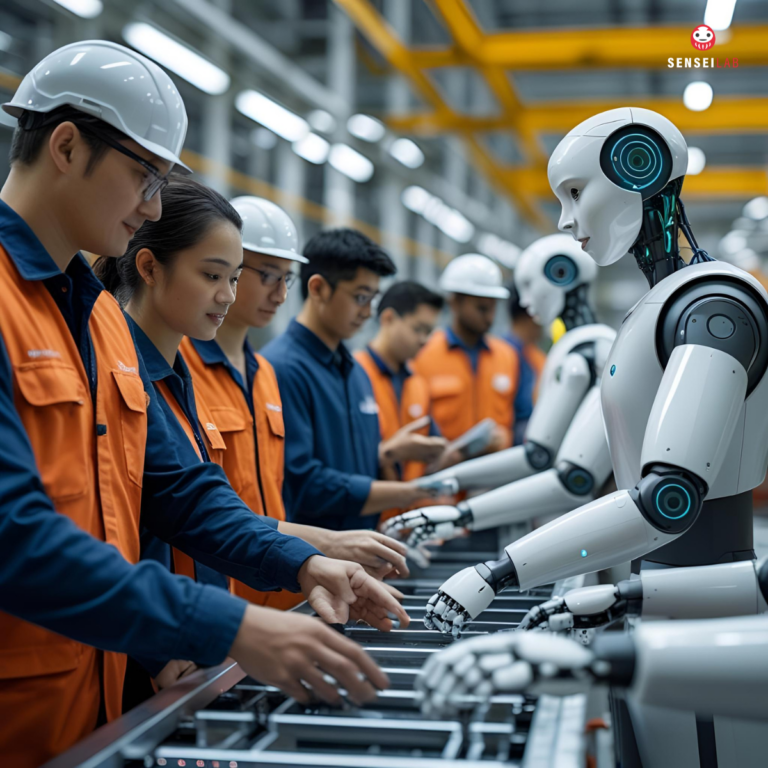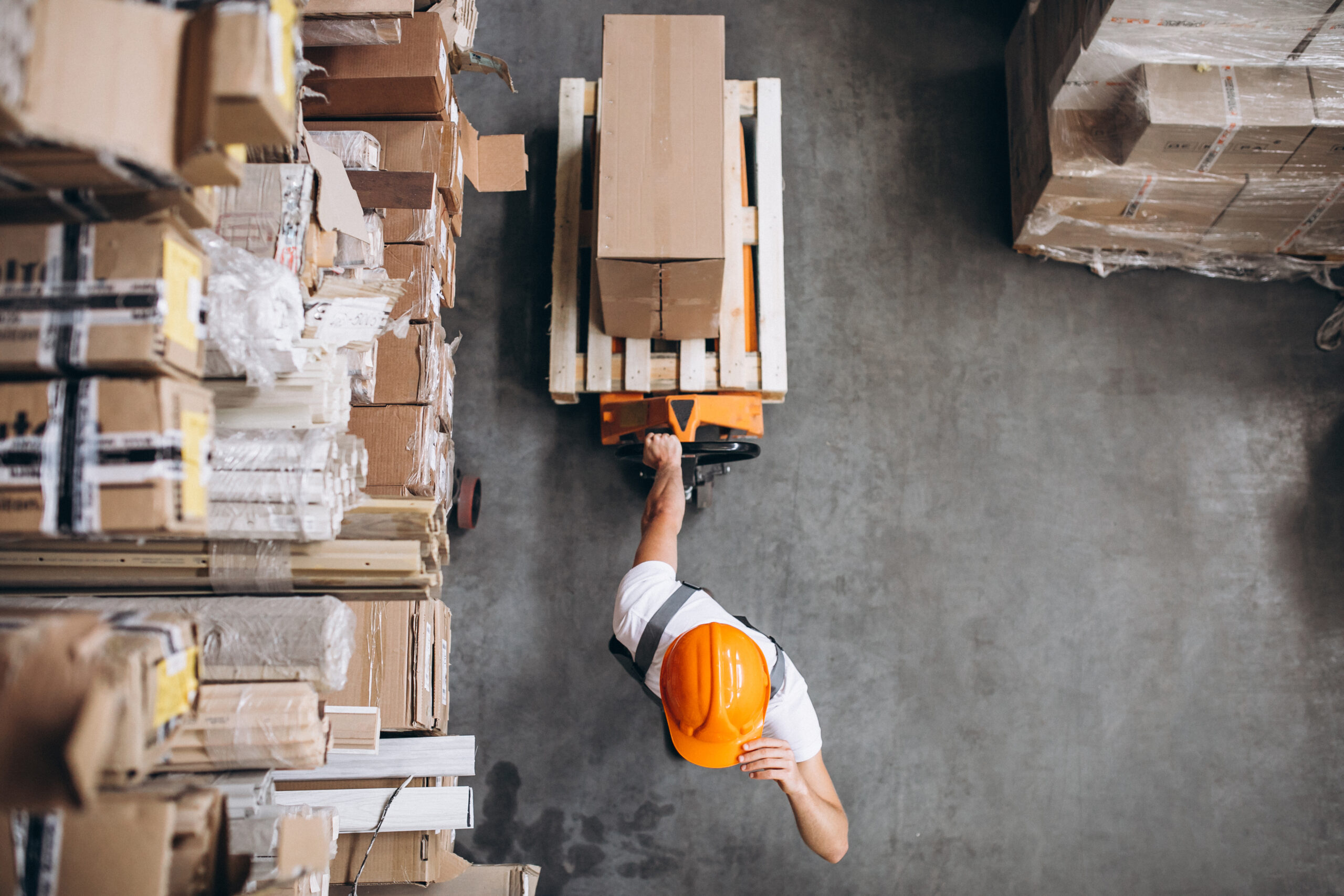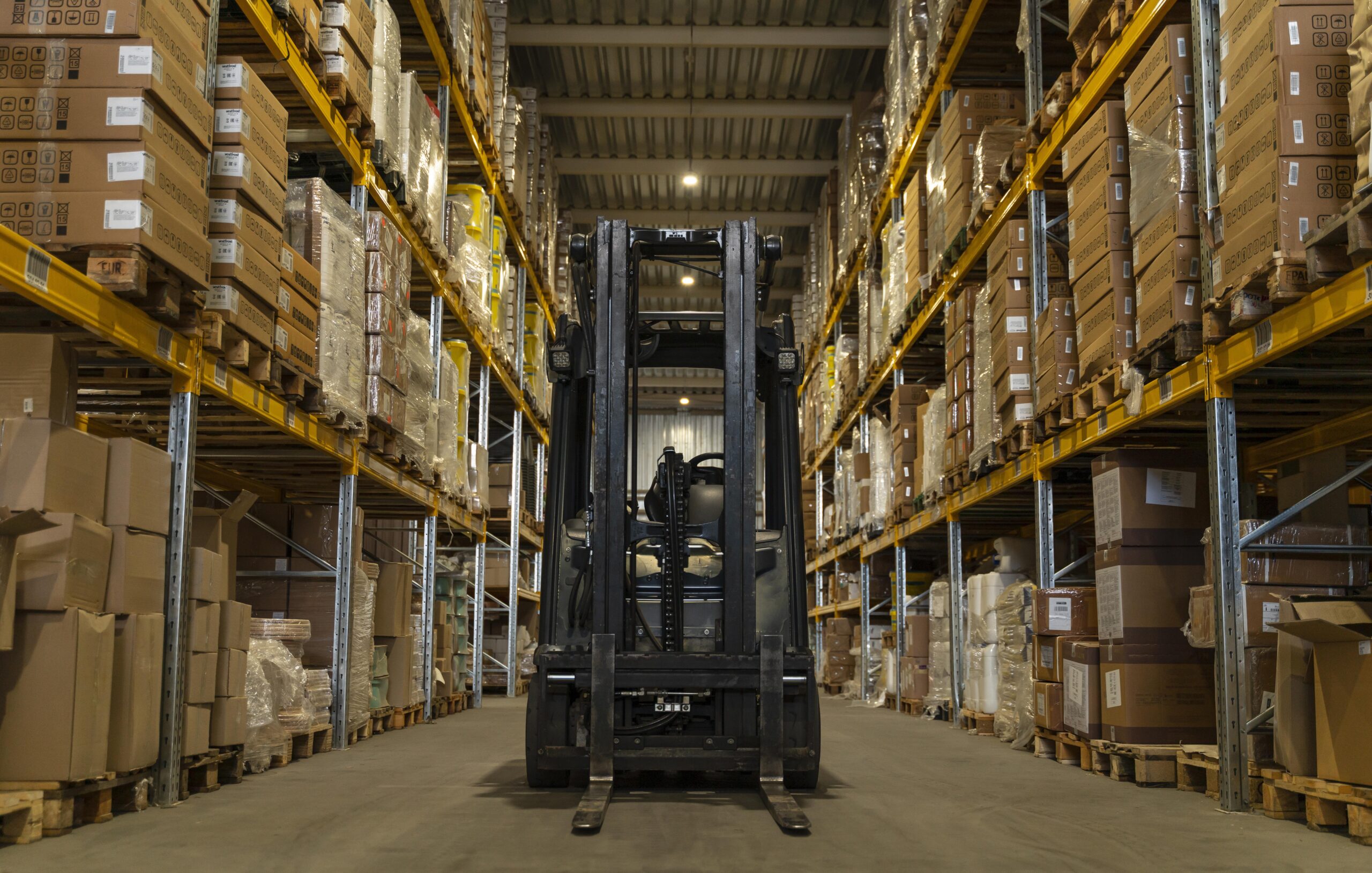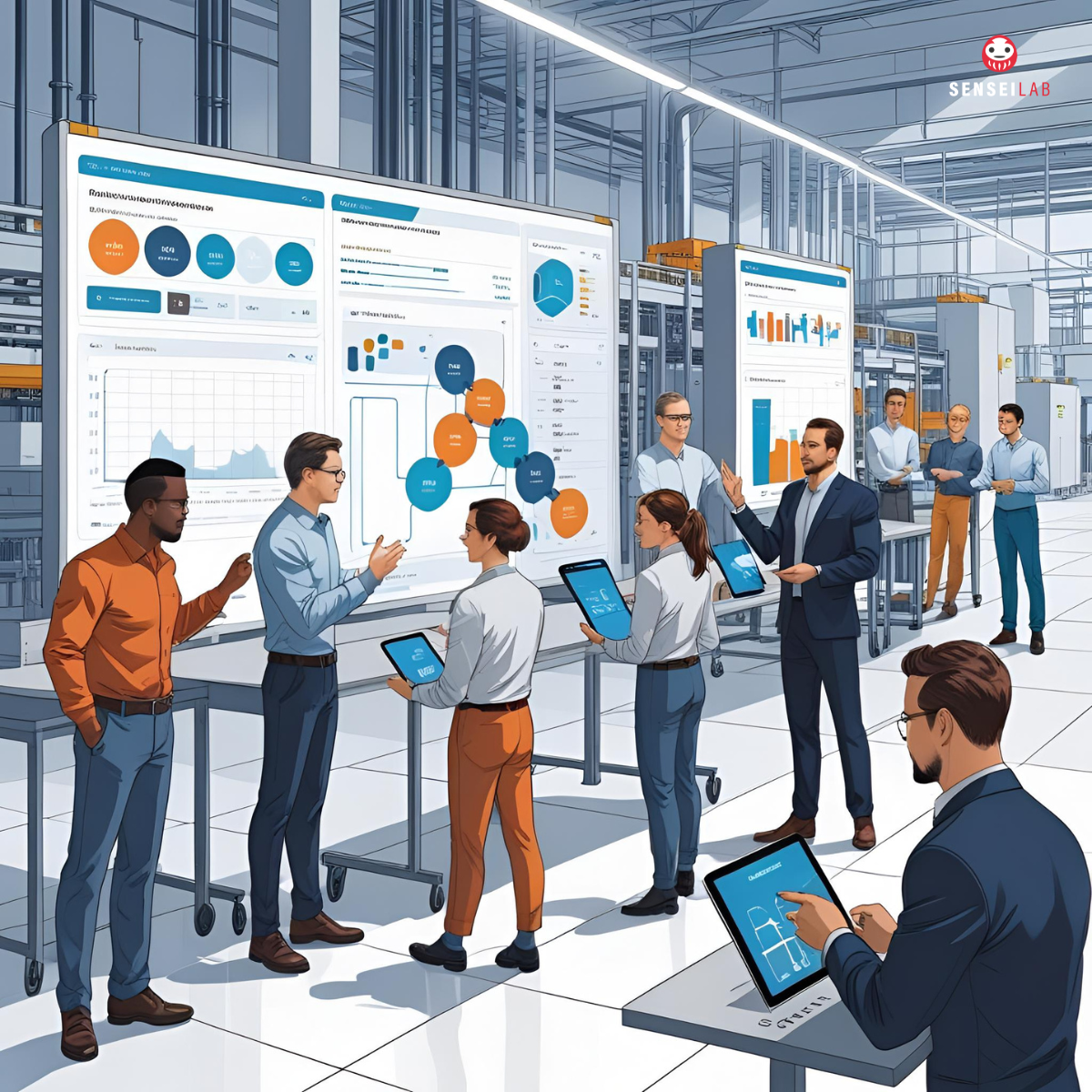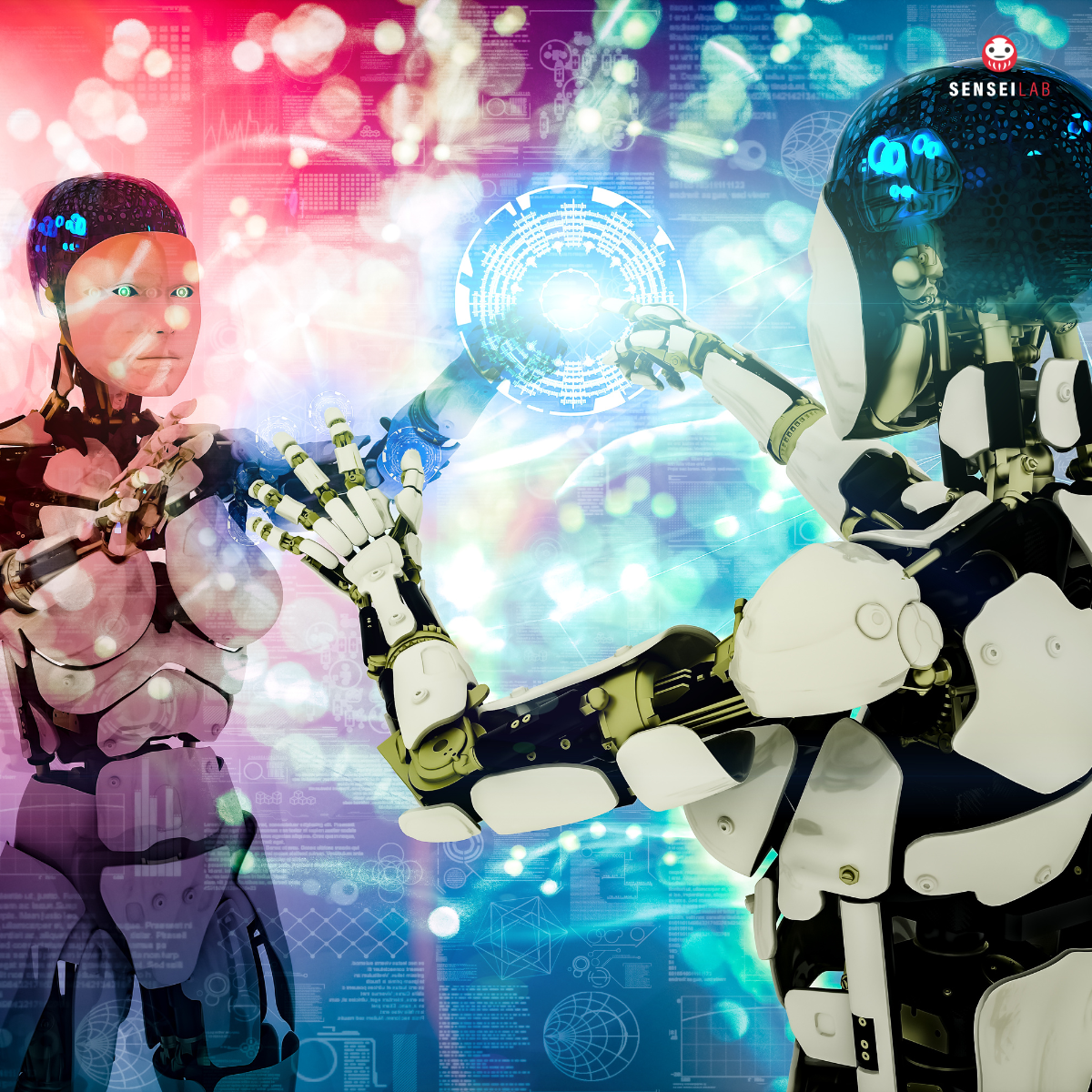A transformative force is being unleashed in factories worldwide: the power of upskilling and reskilling. As factories evolve into sophisticated ecosystems driven by automation, robotics, and artificial intelligence, the roles of human workers are being reshaped to match the pace of technological change.
1. Workers Are Being Transitioned to Higher-Skilled Roles
Manual, repetitive tasks are increasingly being automated, and workers are being guided towards roles that emphasize oversight, programming, and optimization. At BMW’s Leipzig plant, for instance, employees have been reskilled to operate collaborative robots (cobots) that assemble intricate vehicle components. Instead of being assigned to repetitive assembly, these workers are now relied upon to configure, troubleshoot, and maintain cobots—tasks that demand creative problem-solving and strategic thinking.
By shifting human roles to supervisory and analytical functions, a partnership is being forged between humans and machines. This partnership allows machines to excel at precision and repetition, while humans focus on driving continuous improvement.
2. Collaboration and Productivity Are Being Enhanced
The synergy of human-machine collaboration is being amplified when strengths are combined: machines provide speed, consistency, and relentless data crunching; humans offer adaptability, contextual intelligence, and innovative thinking. At GE Aviation’s factories, augmented reality (AR) headsets have been integrated into training programs, allowing workers to receive real-time guidance during complex assembly processes. Through AR, workers are empowered to adapt swiftly to production changes and troubleshoot with confidence.
Upskilling initiatives are making these tools accessible, enabling workers to make decisions on the fly and sustain high productivity in increasingly digital factories.
3. The Skills Gap Is Being Closed and a Future-Ready Workforce Is Being Built
The rapid rise of Industry 4.0 technologies has revealed a widening skills gap. Through reskilling, workers are being prepared to operate advanced machinery and digital platforms. At Siemens’ Digital Factory in Amberg, Germany, a continuous learning program has been implemented that leverages AR/VR simulations and online modules. Employees there are equipped with skills in data analytics, robotics, and process optimization—capabilities essential to thriving in a digitized landscape.
Flexible learning pathways, forged through partnerships with technical universities and industry associations, are ensuring that adaptability and employability remain within reach for the workforce.
4. A Culture of Lifelong Learning and Adaptability Is Being Fostered
Organizations investing in upskilling and reskilling are nurturing cultures of innovation and resilience. At Toyota’s plant in Kentucky, for example, a “Lean Learning Lab” was created where employees continuously develop new skills in automation, quality control, and problem-solving. Turnover rates have been reduced, and employee engagement has soared as a result of this commitment.
In these workplaces, a sense of shared ownership of the future is being cultivated: companies benefit from innovation and higher productivity, while employees gain new career trajectories and job security.
5. Human Roles in Manufacturing Are Being Redefined
Routine tasks are being automated, prompting a redefinition of human roles towards collaboration, oversight, and innovation. At FANUC, a leading robotics manufacturer, employees are being trained as “automation coaches,” guiding colleagues on how to integrate robotic systems into their workflows. Generative AI and large language models are being deployed to assist with documentation and troubleshooting, ensuring that humans remain at the heart of strategic decision-making.
Humans are no longer mere operators; they are being transformed into essential partners in the orchestration of complex production systems.
In Conclusion
Upskilling and reskilling are not being viewed merely as reactions to technological disruption—they are being recognized as the catalysts of a new era in manufacturing. By investing in the skills of the workforce, manufacturers are unlocking innovation, resilience, and a deeper human-machine collaboration. It is through this investment that factories of the future are being built, where humans and machines drive progress together.
